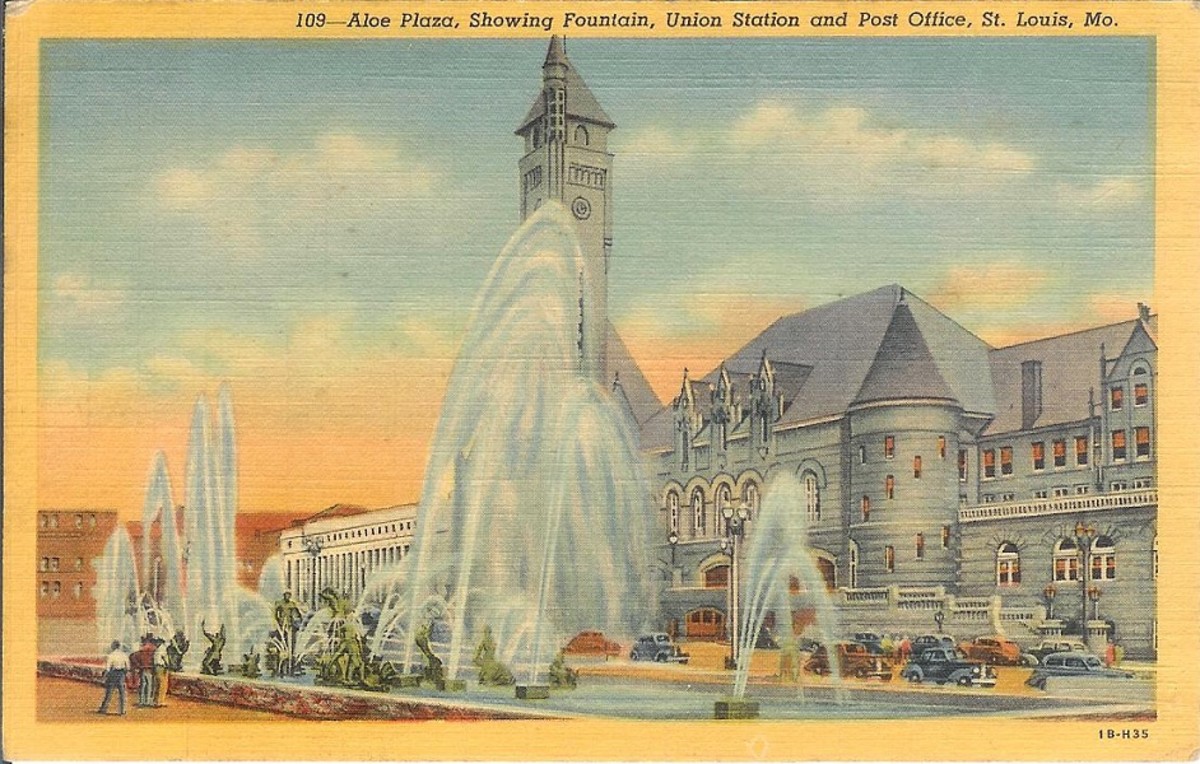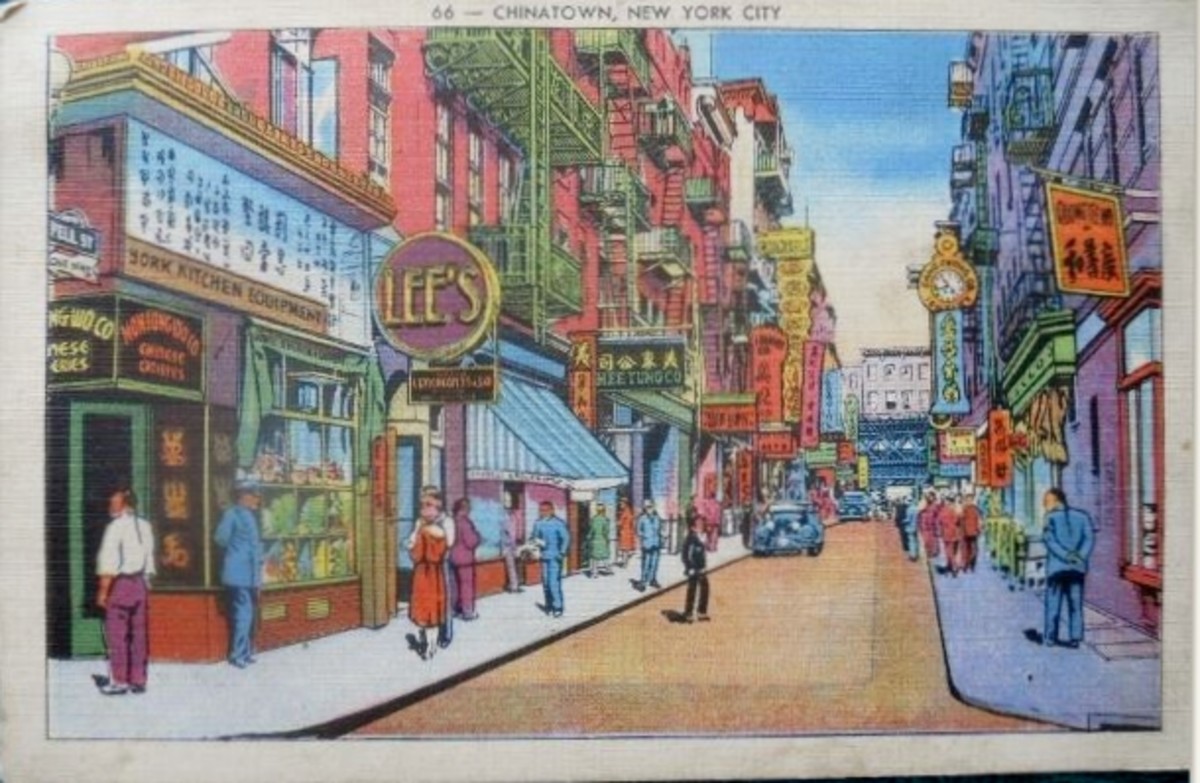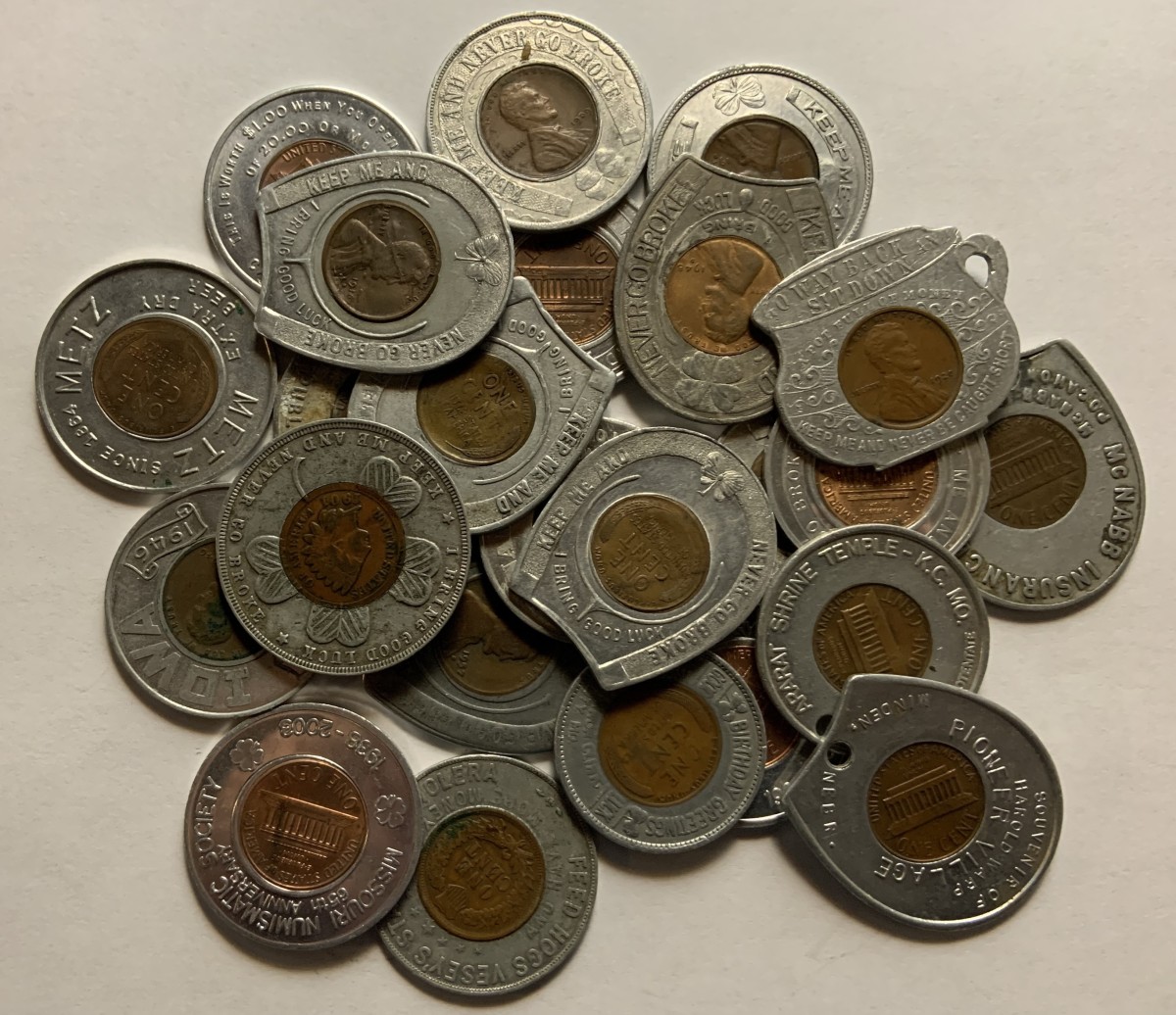Postcard Collecting 101
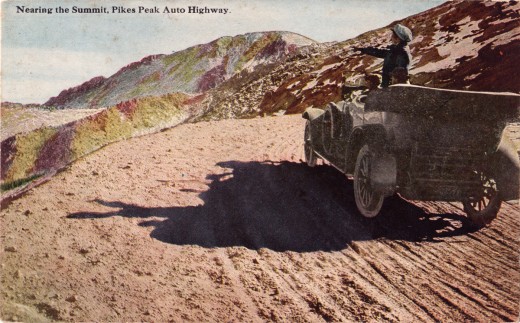
Just about anything can be collected, but how many vintage collectibles can be acquired on a budget? Postcard collecting, known as deltiology, is growing at a rapid rate, and their affordability surely plays a large part. Keep in mind that postcards over 100 years old can routinely be purchased for under five dollars. For that price you are getting an artifact that illustrates a time very different from ours, when telephones and automobiles were new, roads weren't paved, and the primary occupation in the U.S. was farming. Anyone with an interest in history, be it on the local or national scale, is sure to get hooked, but when hunting for postcards you need to know what you're looking at. I'm going to cover the basics with you, the essentials that will help get your collection off to a good start.
Dating Postcards
You must be able to determine the approximate age of a postcard without relying on postmarks. Postcards have gone through a number of distinct changes over the years, and knowing when these changes occurred makes determining the approximate date of a given postcard relatively simple. The earliest examples of what can legitimately considered a postcard is the Private Mailing Card, which was used from 1898 to 1901. During this period the back was specifically for the address and postage only, with the front displaying a picture and/or correspondence. They are very easy to identify, as they all are marked, “Private Mailing Card, Authorized by Act of Congress on May 19, 1898″.
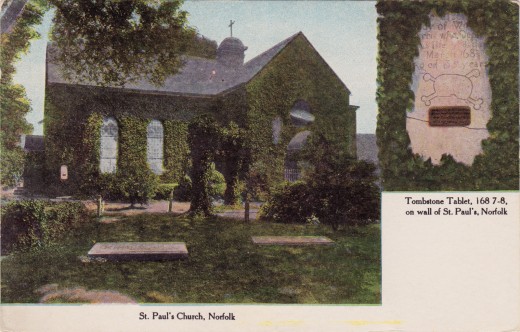
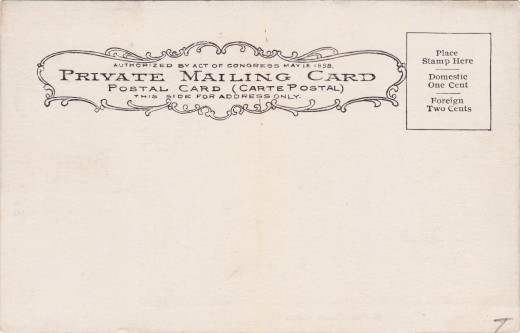
Following the Private Mailing Cards came what is referred to as Undivided Back Post Cards. Not an official designation, the term is purely descriptive, denoting the period between the Private Mailing Cards and the Divided Back Postcards that followed. Published between 1901 and 1907, the undivided back cards had the same restrictions as the earlier cards, with pictures and writing only allowed on the front.
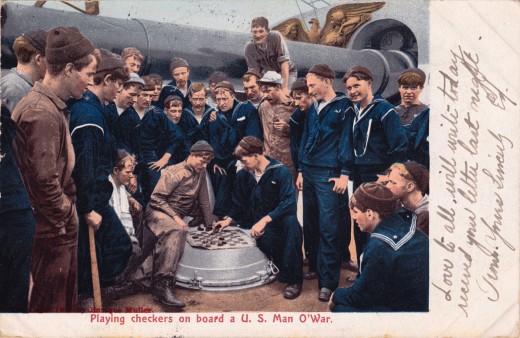
Divided Back Post Cards introduced the format that postcards retain to this day, with a picture or photo on the front and the back bisected by a vertical line, message on the left, address on the right. Used between 1907 and 1914, Divided Back Post Cards were extremely popular and are plentiful today. They are also popular with collectors, as they are typically feature high quality images of a myriad of subjects. The majority of these cards were printed in Germany, as their printing was far superior to that done in the U.S., but that would change. Be aware that all postcards from 1907 forward have divided backs, and you'll have to be able to recognize the changes that followed in order to identify a card as in fact being from this era.
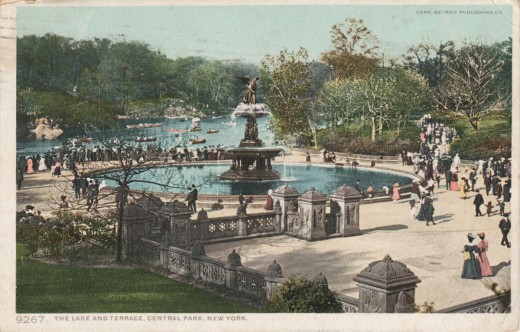
Following the Divided Back Post Cards we have what are called White Border Postcards. These cards were a consequence of a discontinuance of commerce between the U.S. and Germany as WWI began. White Border Postcards were domestically produced between 1915 and 1930, and their quality varies greatly. They often display garish, poorly aligned colors, and always have a white border. The linen cards that followed also have white borders, but they can be distinguished by their fabric-like texture.
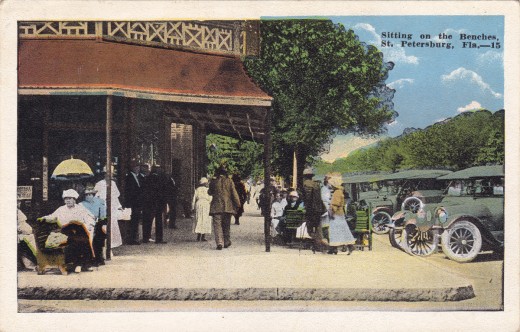
Linen Postcards were printed from roughly 1931 to 1945, but some were still produced in the '50s. They are easily identified by their distinctive fabric-like texture. Old-school collectors don't tend to give linen cards much respect, but that's starting to change.
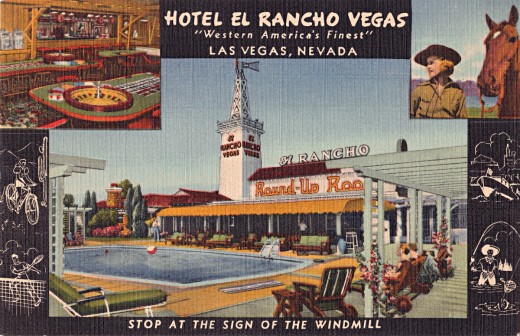
Chrome Postcards (Photochrome Postcards) were introduced in 1939 and are still produced today. The shiny photo-based color cards had completely taken over by the '60s, but have yet to be embraced by collectors.

Real Photo Postcards
Distinct from all the postcard types we've just covered, real photo postcards, or RPPCs, are actual photographs that have been mounted to a postcard backing. The production of these was enabled by Kodak, who introduced the No. 3A Folding Pocket Kodak camera in 1903. This camera was specifically designed to use postcard-size film, and similar cameras from other manufacturers soon followed. You will come across commercial mass-produced RPPCs as well as those of a more personal nature that captured family, friends and locales. The personal images tend to be more valuable, as a given image wasn't reproduced countless times. (and, all else being equal, RPPCs tend to be more valuable than non-RPPCs) Be aware that many black-and-white postcards were made that are not real photos, and if you're not sure you can look at the image with a magnifying class. A real photo postcard will exhibit smooth gradations from light to dark, otherwise you'll see transitions made up of a pattern of dots.
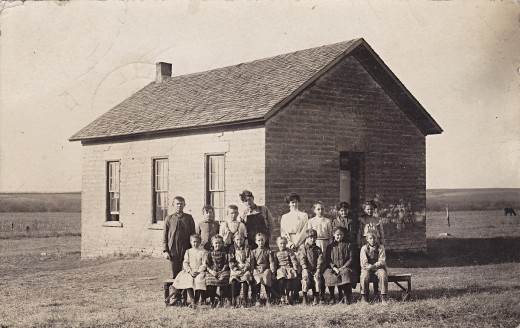
Narrowing Down Your Collection
You've learned how to determine the age of vintage postcards, but have you given thought to the focus of your collection? You can certainly build a varied collection that includes every type of postcard, but targeting a specific genre is often more satisfying, as well as more impressive when viewed as a group. You might set your sights on postcards from your hometown, divided back cards that represent your state, or you may choose to collect comic postcards produced during WWII. Large-letter postcards, those colorful linen-era cards that proclaim “Greetings from....” are extremely popular with collectors, as are holiday postcards. But be aware, depending on the holiday and the scene depicted, holiday cards can get pricey. One example is Christmas postcards that depict Santa, but the big-daddy of all holiday postcards are those that celebrate Halloween. Halloween postcards are rare, and this, combined with their nostalgic appeal, can send the value of certain examples into the hundreds. Among the most appealing of postcards are those that have captured depictions of "Roadside America". Scenes of early "auto camps", motels, hotels and restaurants will invariably bring a smile to those who grew up in the heyday of family vacations, when the whole gang would pile into the family station wagon or sedan and take to the highway. Just remember that you decide what to collect, so choose a topic that you find appealing, not what you think will accrue in value.
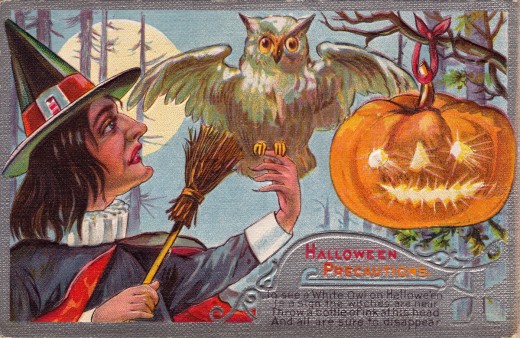
Postcard Sources
There are a number of places were you might find postcards, including garage sales, estate sales, and flea markets. Antique malls can also be a good source, as one or more dealers may specialize in postcards, but the prices could be on the high side. To get the most for your money, bulk purchases are the way to go, and I've made many such purchases on eBay. Postcard lots of 50, 100 or more can come at great savings, but you have to use caution. Those with experience in using eBay know that all online dealers are not created equal, and you need to read the description closely, study any photos, and ask any questions in time for the seller to respond before the end of the auction. Are there any duplicates? How many of the cards are chrome? How many have been mailed? These are some of the questions you'll want to ask. It's not easy to do, but above all you'll want to get a sense of the over-all condition of the lot, looking for stains, tears, etc. I use great caution when bidding on postcard lots, and I never, never, pay more than fifty cents per card.
Storage
Old postcards are fragile, so you'll want to keep them stored safely. Plastic postcard sleeves are the way to go, as they're inexpensive and allow handling without the cards being damaged by oils in the skin. I recommend the polypropylene sleeves by Ultra-Pro in the 3 11/16" x 5 3/4" size. (these fit standard sized postcards) Assuming you're going to amass a significant number of cards, I suggest keeping the sleeved cards in the corrugated cardboard boxes sold for that purchase. Besides the conventional soft sleeves, rigid sleeves are also available, but their price makes them best suited for particularly valuable examples. All these supplies are available from online sources like The 2 Buds.
I hope this article will be helpful to you, and don't hesitate to point out anything I may have omitted. Thank you for reading!



